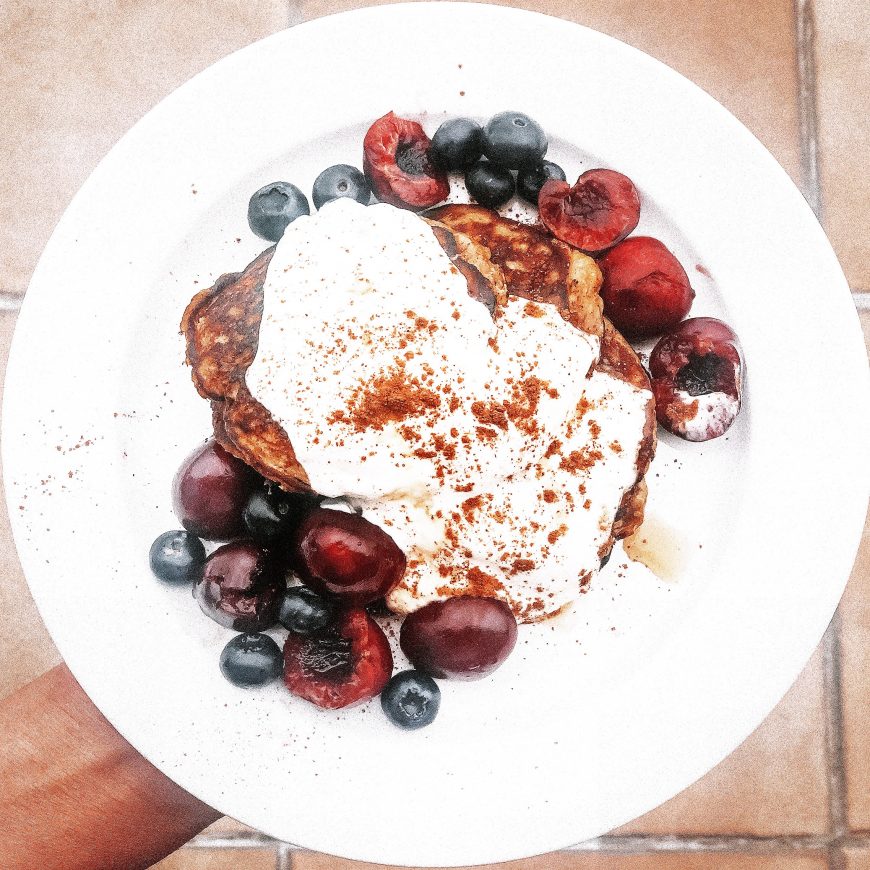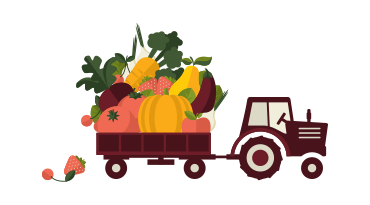This blog comes from a seminar I did at the Go Green Expo in 2018 called “How to Schedule Health into a Busy Day”. The topic is so relevant, I decided to turn it into a blog for everyone to read who didn’t attend the seminar. I hope you like the inspirational quotes!
A day in the life of a busy person – we spend nearly half of our waking life at work, yet most of us lead an unhealthy lifestyle in the workplace.
“You have brains in your head, you have feet in your shoes, you can steer yourself in any direction you choose” Dr Seuss.

(This picture shows a man eating “clean” in the bath while eating pizza)
Begin Your Day:
- Lemon juice in warm water is detoxing, supports the liver, and stimulates stomach acid production in preparation for breakfast. Check out my Liver Detox Tonic.
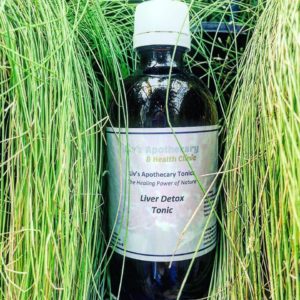
- Drink 2+ litres of water per day – add fresh berries, citrus fruits or mint to add flavour which will make water more appealing if you struggle to drink plain water. Take vitamin B complex for energy. Check out my Energiser Bunny Tonic.
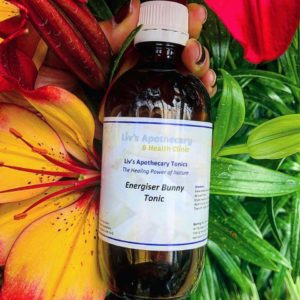
- Vitamin B is water-soluble like vitamin C, therefore, must be consumed on a daily basis as water-soluble vitamins are not stored in the body.
“You’re off to great places, today is your day, your mountain is waiting, so get on your way” Dr Seuss.
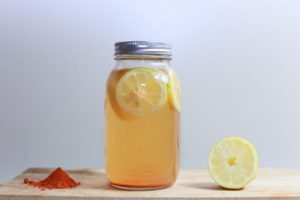
Balanced Breakfast (balance of all 3 macronutrients – carbs, fat and protein):
- Smoothie/Protein shake – Green Protein Smoothie (fresh spinach, frozen banana, vanilla or plain flavoured protein powder and water or coconut water), Berry Protein Smoothie (frozen mixed berries, soaked chia and flaxseeds overnight in the fridge, protein powder and almond or coconut milk), or Chocolate Protein Shake (frozen banana, cacao powder, chocolate flavoured protein powder and almond or coconut milk).
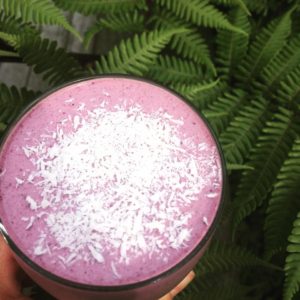
- Smoothie/Acai Bowl topped with fruit (banana, berries, pineapple, orange, kiwifruit), granola or sprouted buckwheat, and nuts, chia seeds or coconut.
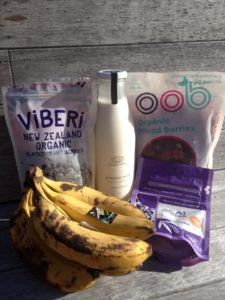
- Fruit salad with Greek or coconut yoghurt and granola, sprouted buckwheat or nuts.
- Homemade muesli with oats, dried fruit, nuts, seeds and coconut. Eat raw or toast in the oven drizzled with coconut oil, cinnamon and honey or maple syrup. Serve with fresh fruit and Greek or coconut yoghurt.
- Porridge with cinnamon, honey and nuts.
- Omelette with spinach, tomatoes and mushrooms. Add smoked salmon, bacon or organic sausage to make it more filling.
- Dense, grainy toast with eggs or avocado and tomatoes. Optional add organic baked beans.
“Sometimes I believed as many as 6 impossible things before breakfast” Alice in Wonderland.

Caffeine-Free Fix – Natural Energy Boosters:
- Green tea – caffeine (stimulant) + theanine (relaxant) = energy without the jitters as experienced with coffee.
- Cacao – theobromine is a mild stimulant, less stimulating than caffeine (caution: if you are sensitive to caffeine like me, it still keeps you awake at night).
- Coconut oil – medium chain fats provide us with instant energy, without being stored as fat. There are 3 types of fats: short chain, medium chain and long chain. Short chain are produced in our gut when we eat fibre, to feed our good gut bacteria (keep our probiotics alive) promote healthy digestion. Medium chain fats are only found in coconut and palm products (coconut oil, cream, milk), and small amounts in dairy products. Long chain fats are all of the other fats found in foods e.g. avocado, olives, nuts, seeds, oils (except coconut), eggs, dairy products and meat. Check out my blog ~ How to Be an Energiser Bunny.
“Be the energy you want to attract.”
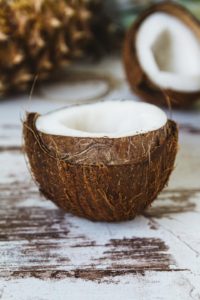
Morning Tea:
- Stress Less Bliss Balls
- Salted Caramel Bliss Balls
- Peanut Butter Protein Balls
- Avoid Coffee to avoid the blood sugar roller-coaster. Caffeine stimulates our sympathetic nervous system, which leads our body to believe that we are in danger. Our adrenal glands release adrenaline in preparation to run from the saber-tooth tiger. Blood sugar is released simultaneously to adrenaline to fuel our body to fight, flight or freeze. Check out my blog – Blood Sugar ~ it’s a Balancing Act.

“Espresso yourself, stay grounded, take life one sip at a time, better latte than never.”
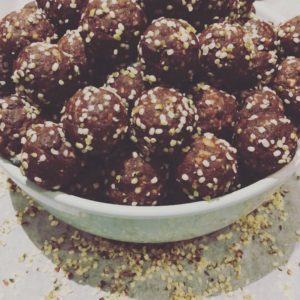
Moments of Mindfulness:
- Diaphragmatic breathing activates the Parasympathetic Nervous System (opposite of Sympathetic Nervous System), which responsible for rest, repair and digest. Slow and deep breathing is one of the most simple and effective ways of switching to your Parasympathetic Nervous System. When we are stressed and rushing around, we breathe shallowly into our lungs, rather than deeply into our belly.
- Do 10 breaths on the hour, every hour (this is an easy way to remember, otherwise set an alarm on your phone to remind yourself until it becomes a habit). Place your hands on your belly and close your eyes if that helps you to relax. Breathe slowly and deeply for 10 breaths.
- Diaphragmatic breathing is an important tool when it comes to weight loss/management. This is because the Sympathetic Nervous System burns sugar as its fuel source, oppositely, the Parasympathetic Nervous System uses fat as its primary fuel source. It may sound ideal to burn sugar (glucose), but glycogen (carbohydrate) storage is limited in the body. When our glycogen runs out, fat cannot be converted into glucose for energy, but protein can when necessary by a process called gluconeogenesis. This scientific word just means turning a non-glucose substance i.e. amino acids from protein, into glucose. The problem here is when we run out of glucose and glycogen, the body reverts to stored amino acids i.e. muscle and potentially affects growth and regeneration of skin, hair and nails. Whereas, we (most of us) have an endless supply of fat to tap into which does not negatively anything we need to reserve our important protein for. And in short, the more stressed you are, the less fat and more muscle you are likely to burn.
- Check out my Chillax (Chill Out & Relax) Tonic.
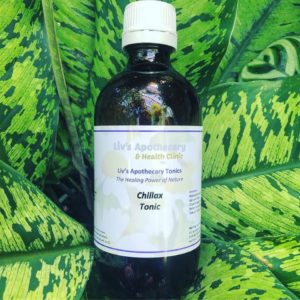
“Find calm in the chaos.”

Lively Lunch (food to fuel your work day rather than induce you into a coma):
- Throw-together salad – smoked salmon, smoked chicken or boiled eggs with salad (greens, tomato, cucumber, carrot, capsicum, celery, beetroot, radish, sprouts, avocado, olives, feta and root vegetables e.g. potato, sweet potato, pumpkin). Make salad dressing with olive oil, lemon juice or apple cider vinegar, salt and pepper. In winter soup is a nice, warming option. Healthy soup is so simple to make with meat/chicken, vegetables and stock or bone broth (even better). Legumes can be added to add more fillingness e.g. chickpeas, lentils or other beans. Pumpkin soup is a classic and can simply be made with pumpkin, coconut cream and spices. Homemade minestrone is substantial and liked by children. Make a batch of soup when you have time in the weekend, store some in the fridge and some in the freezer. An easy option is leftover dinner which saves preparation, as long as you don’t eat more because you have cooked more!
- Your body perceives your desk/work station as a stressful environment. The most important thing is getting away from your desk, preferably outside (vitamin D) or at least to the staff room, anywhere away from your desk. Stress diffuses include walking around the block or reading at lunch time, or deep breathing in a peaceful place.
- Effects of stress on digestion: low stomach acid -> low enzyme activity (enzymes are activated by stomach acid) -> poor digestion and malabsorption (enzymes are required to break down food and extract the necessary vitamins and minerals) -> malnourishment – vitamin and mineral deficiency = poorer health and high chance of disease.
- 1 teaspoon – 1 tablespooon of apple cider vinegar before food to enhance stomach acid production and the flow-on effect above. No water with meals as water dilutes stomach acid and creates the flow-on effect above. Check out my blog ~ Top 10 Tips for Healthy Digestion.
“Drink a cup of sunshine every day.”
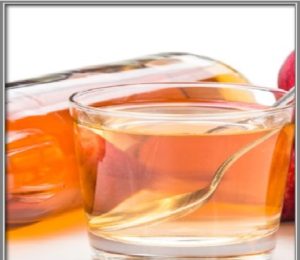
If you find yourself buying your lunch out frequently, check out my blog ~ Is Eating Out Healthy?
Incidental Exercise:
- Adds up and is equally as beneficial as structured exercise.
- Examples of incidental exercise: walk to the shops, walk around while on the phone and stand while sending messages, take the stairs, walk around the block at lunch time, park further away, squat while waiting for the kettle to boil, walking meetings are all the rage.
- Do an exercise every hour for 1 minute (using your office furniture as props): squats, lunges, plank, push-ups, tricep dips, leg lifts.
“Sometimes life will test you but remember this: when you walk up a mountain your legs get stronger.”

Satisfying Snacks:
- Fresh or dried fruit and nuts
- Fruit with Greek or coconut yoghurt
- Vegetable sticks (carrot, celery, cucumber, capsicum, cherry tomatoes, beans, snow peas) with hummus or guacamole
- Smoothie/protein shake (mini version of breakfast)
- Chia seed pudding with fruit and almond or coconut milk
Remember that simple sugars burn quickly like paper and complex carbs burn slowly like wood.
“Health is like money, we never have a true idea of its value until we lose it.”
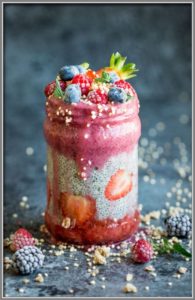
Structured Exercise:
- Cardio e.g. walking, jogging, cycling, swimming, sports.
- Strength e.g. weight lifting, resistance training, gym classes.
- Flexibility e.g. yoga, pilates, stretching.
Many fall into more than 1 category, for example gym classes can be all 3, while yoga and pilates are flexibility and strength. These types of exercise hit 2 or 3 birds with 1 stone.
“Progress not perfection.”
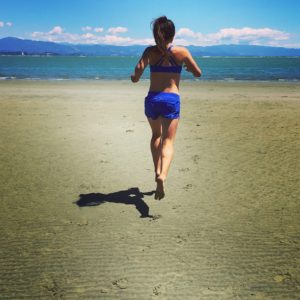
Delicious Dinner – how to create a nutritious AND delicious dinner:
- Step 1: choose a protein – seafood (especially oily fish e.g. salmon, anchovies, sardines, mackerel), chicken, red meat (beef, lamb, game meat), eggs or legumes (vegetarian).
- Step 2: choose a carb (optional) – root vegetables (e.g. potato, sweet potato, pumpkin), brown/black/purple/wild rice or ancient grains (quinoa, amaranth, millet, buckwheat).
- Step 3: choose a fat – oil (coconut, olive, avocado), avocado, olives, nuts, seeds.
- Step 4: add loads of veggies (fill half of your plate) – steamed or stir fried, salad, homemade coleslaw, herbs and spices.
Check out my blog ~ Healthy Meals and Snack Ideas.
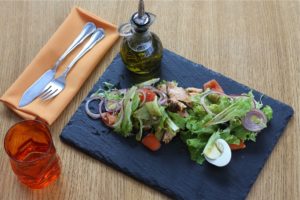
Sleep Deep
Also check out my Sleep Deep Tonic.

Plus Top 10 Tips to Sleep Deep Blog.

“Turn your can’ts into cans and your dreams into plans.”



